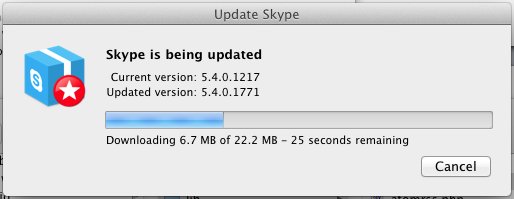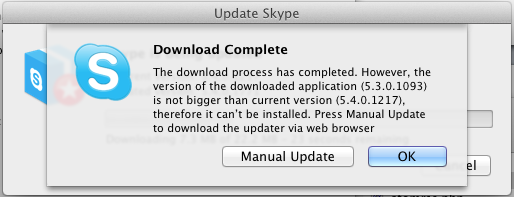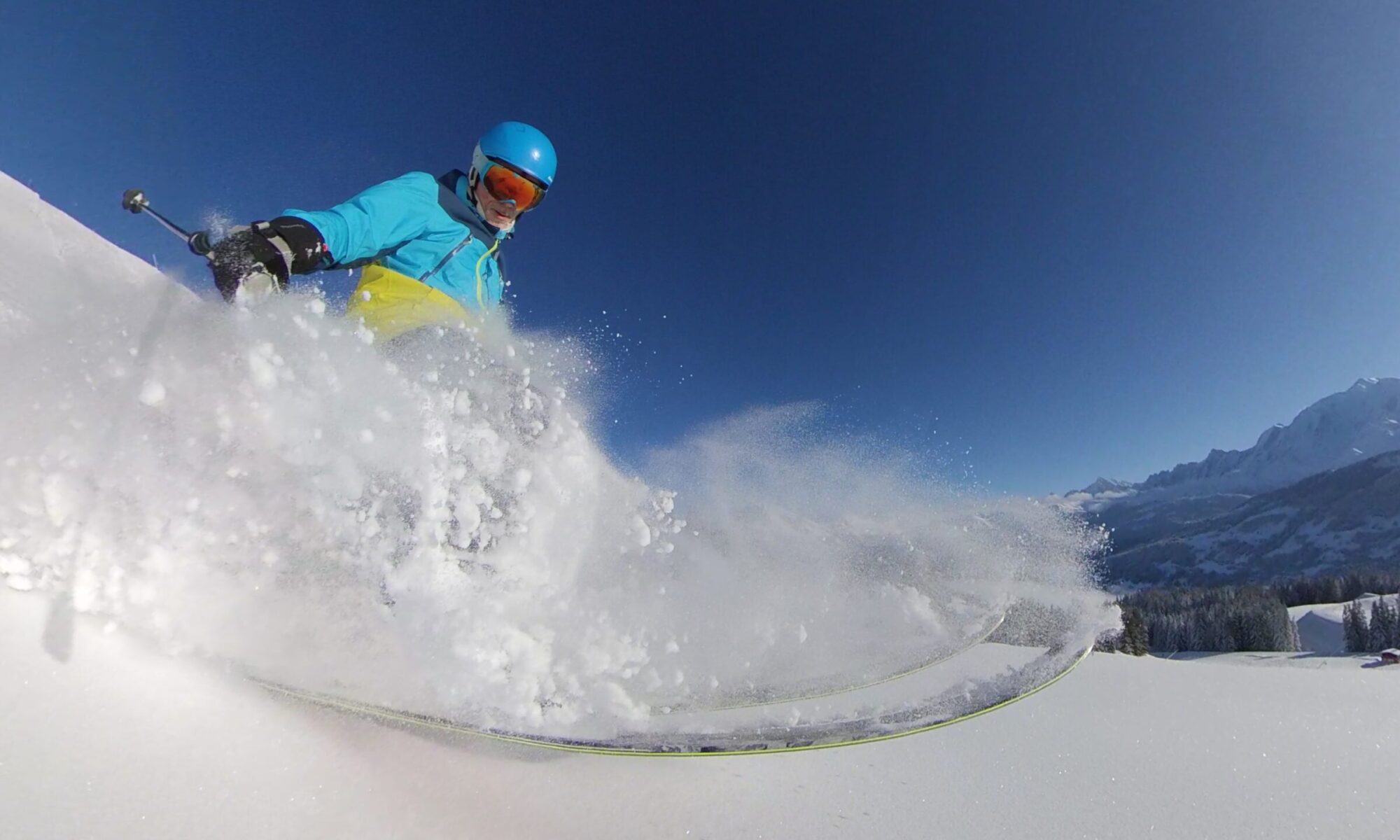There’s a really horrible bug (they won’t call it that, but I can’t think of any use case for the default broken behaviour!) in Apache’s mod_rewrite that means that urlencoded inputs in rewrites get unescaped in their transformation to output patterns. The underlying ‘bug’ remains unfixed even in 2.3, though a workaround in the form of the ‘B’ flag first appeared in Apache 2.2.7, but was broken until 2.2.12 (which wasn’t all that long ago). Put it like this: if you’re not using the B flag in your mod_rewrite rules, your site is probably only working due to blind luck.
With that in mind, several years ago I spent ages looking for a base-62 encoder/decoder for PHP to replace mod_rewrite’s broken urlencoding handling. Nobody seemed to have the slightest interest in writing one. Base-62 is interesting as it can be made safe for use in URLs, DNS, email addresses and pathnames, unlike any available encoding of base-64, as it only includes [0-9A-Za-z]. As a workaround for the above bug, I was interested in base-62 encoding URLs for embedding in redirects. At the time I wrote something using bc_math, but it was very slow (and weirdly got ripped off by some dickhead and passed off as his own, despite that fact that I said it was crap!). I eventually gave up on that and switched to base-64, which led to occasional URL corruption. If you include hashes in URLs, keeping them in the default hex representation is quite wasteful, and can contribute to issues with line length in email. Having hashes in base-62 is a nice way of reducing their size.
There are a few posts on base-62 in PHP, notably this one and this one, but they make the assumption that you’re talking about a numeric value, and while a hash is a numeric value, it’s way too big for PHP to handle as an integer. Others take the multiprecision artithmetic route, which treats the input binary as a single very large, and calculates its representation in another base; that works, but it’s horribly slow.
Since then, the gmp and bc_math extensions were improved in PHP 5.3.2, and now they handle (usefully) up to base-62. So here’s a simple function for getting a hash in base-62:
function base62hash($source) {
return gmp_strval(gmp_init(md5($source), 16), 62);
}
and for converting to and from base-16 hashes:
function hash16to62($hash) {
return gmp_strval(gmp_init($hash, 16), 62);
}
function hash62to16($hash) {
return gmp_strval(gmp_init($hash, 62), 16);
}
I could still use a proper base-62 encoder for longer arbitrary strings, but at least now it should be simpler to write something iterative now that these extensions have (ahem) their bases covered.
Update: I’ve written a sufficiently usable PHP base-62 encoder for arbitrary-length binary strings that’s not too slow. You can find it on github in this gist. Let me know if you find it useful
Incidentally I discovered that the gmp functions use [0-9a-f] up to base 16, but [0-9A-Za-z] (i.e. upper case first) from bases 17 to 62. This differs from most of the base-62 implementations I’ve found that tend to use lower case first.
This is all slightly academic now as the apache B-flag workaround works, so standard urlencoding works properly and I don’t need to use a different encoding any more, however, there were so many examples of slow encoders, I thought the world could do with a usable one.
Update Something else worth mentioning is that if you use the apache B flag, you most likely need to turn the AllowEncodedSlashes directive on too, as otherwise you’ll get mysterious 404s. I posted a bug report against the apache docs to make this clearer.
Update Apache used my rewrite of the B-flag docs, yay!



